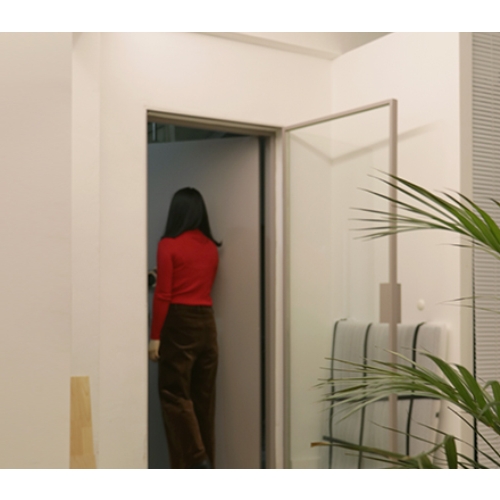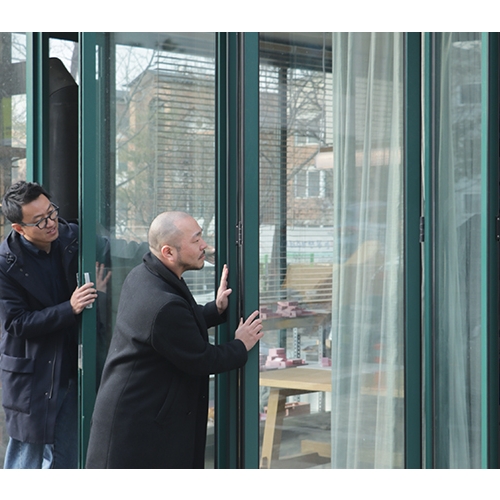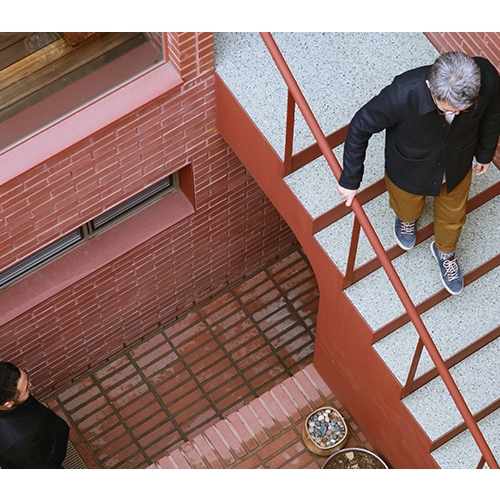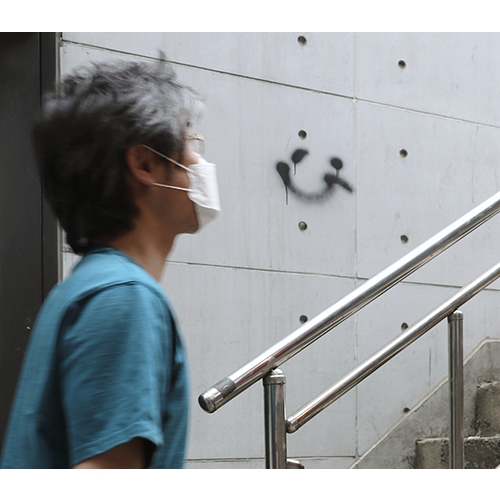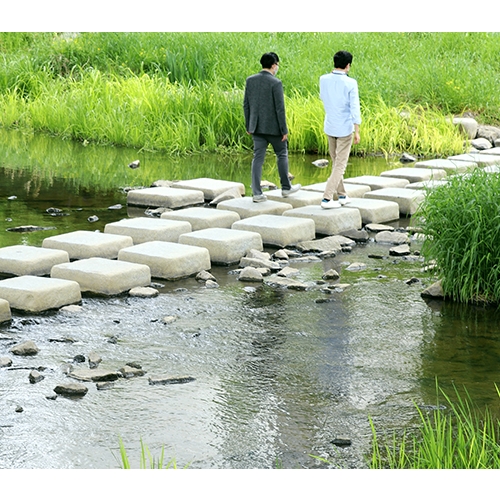I AM AN ARCHITECT
ʻI am an Architectʼ was planned to meet young architects who seek their own architecture in a variety of materials and methods. What do they like, explore, and worry about? SPACE is going to discover individual characteristics of them rather than group them into a single category. The relay interview continues when the architect who participated in the conversation calls another architect in the next turn.
interview Lee Dami principal, FLORA AND FAUNA × Kim Yeram
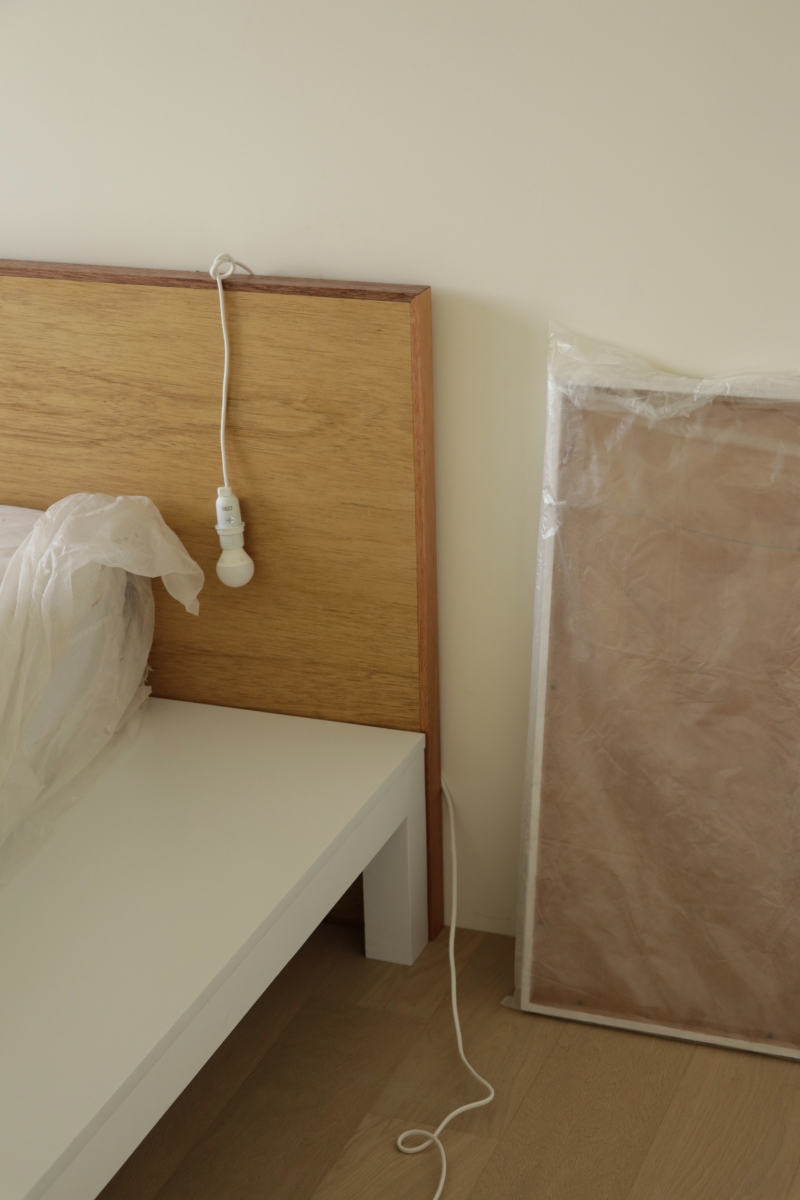
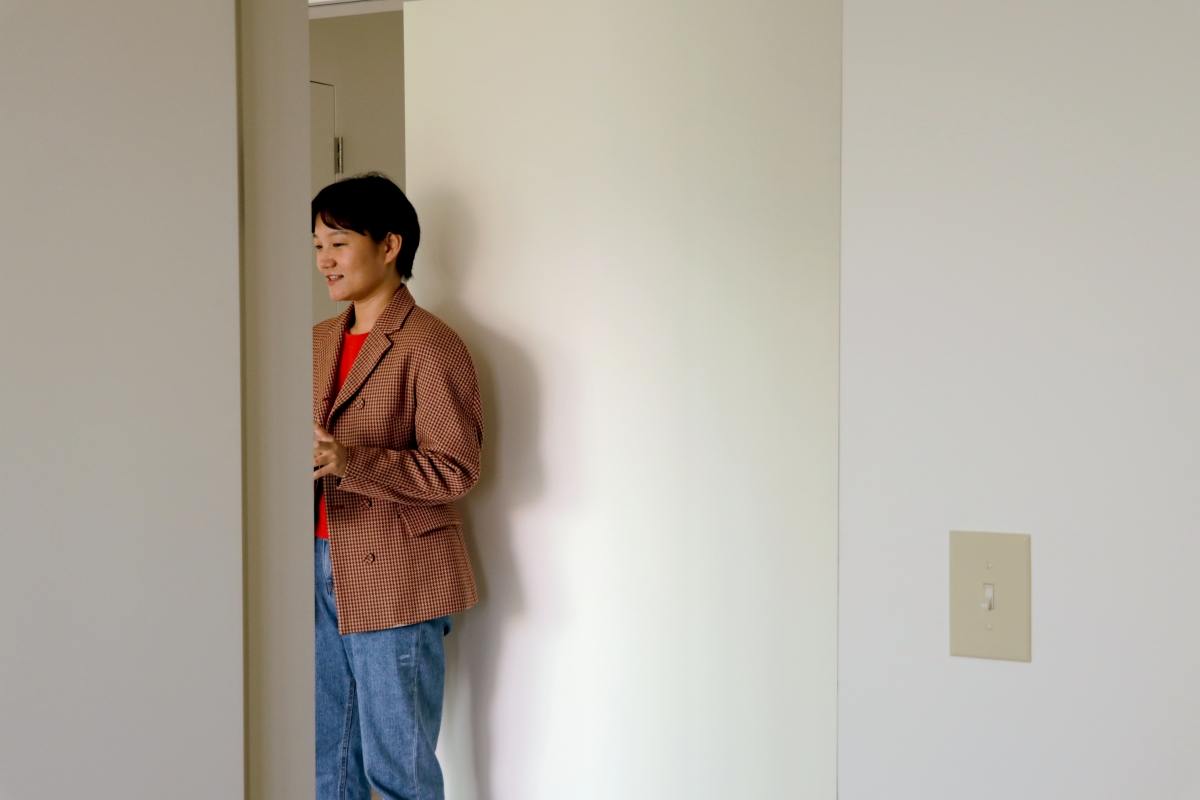
Quite an Active Rookie
Kim Yeram (Kim): Thank you for inviting us to visit the site of your current project.
Lee Dami (Lee): We are at a small villa in Sindang-dong, Seoul. An acquaintance requested that I renovate this house. The building is quite old, so there are a lot of places where the horizontal and vertical structures of the space don’t match. But it makes me interesting. I straightened out some parts of the them. Also I’m making a furniture fit with the old wooden window.
Kim: This project has yet to be featured on your website. Instead, we learnt about the types of architecture firms in which you have previously worked. What were your standards as a novice when deciding where to work?
Lee: Since my college days, I interned and worked part time to gain valuable experience at guga urban architecture, KYWC Architects, Hyupdongone and Society of Architecture. In graduate school or after graduation, I worked at Junya.Ishigami+Associates and Jon Lott, Para-Project, and went to a lot of places very briefly. Having worked in small firms, I found myself wanting to learn architecture in a more systematic manner, so I applied to a position at Bjarke Ingels Group (BIG). I was located in the New York office, at a time when the firm was actively establishing itself in the American market through the project Via 57 West. By the time I left the firm, the number of employees had doubled to about 140 people.
Kim: That’s phenomenal growth for a year.
Lee: It was interesting that BIG has a business development department. Working at BIG schooled me in the different aspects that support a functioning architecture firm, and I feel like FLORA AND FAUNA is still not quite at the level of a systemized firm. Perhaps it’s the high standards that I’ve set regarding institutions which are holding me back from focusing on growth outright! (laugh)
Kim: The name of the firm is so impressive. How did you come up with the name FLORA AND FAUNA?
Lee: I applied for an artist-type visa to U.S. embassy, because I didn’t want to be groupped up in a company. But the appliance was rejected for the reason that it’s hard to approve my credit in projects done with various architects. That’s not a wrong word, but it made me think more about independence. When I came back to Korea due to the expiration of my visa, I worked at professor Choon Choi’s office. I was there for two years and left the firm after applying to the Seoul Museum of Craft Art design competition in late 2016. It was mandatory that one write the name of the firm on the application, so I decided on the name FLORA AND FAUNA. It’s Latin for plants and animals. Looking back, I think it must have given a strong impression of the site in Songhyeon-dong, Jongno-gu in front of the site of the design competition. I must have retained a strong image of this wilderness in the city centre.
Kim: In your profile, it says you worked at ONE O ONE architects until 2017. Did you open your firm right after leaving choon choi architects?
Lee: I registered FLORA AND FAUNA as a business in 2018. I felt that I lacked in technical skills to declare independence at the time of my departure, and so I wanted to learn the details from ONE O ONE architects. I guess I already knew this when I started working there, but it was soon confirmed that I wasn’t exactly the kind of architect they were looking for! (laugh)
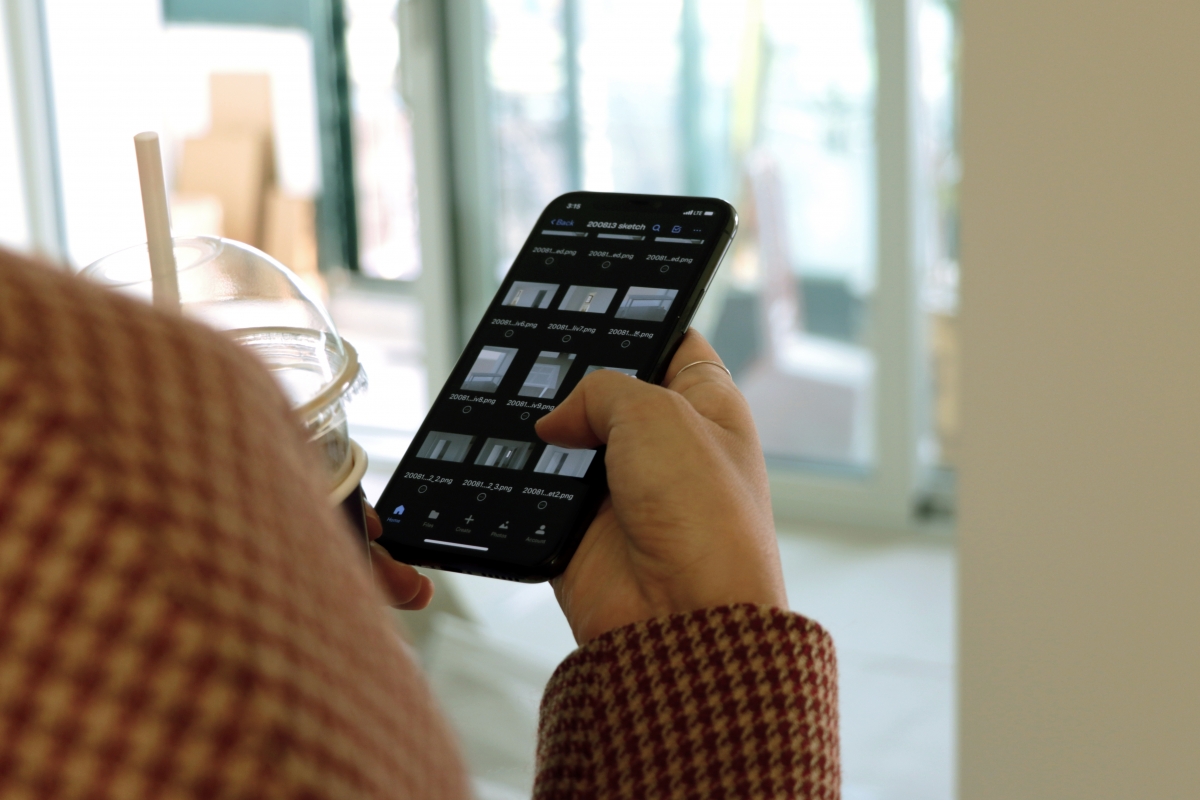
Swimming in a Digital Deluge
Kim: In recent years, more and more architects have turned to YouTube or Instagram to present their work. What’s your opinion of how architectural content is shared online?
Lee: From the last year, I taught courses on architecture and digital media at Seoul National University and Korea National University of Arts. While preparing and teaching these classes, it was fascinating to observe how architectural information is produced, located and consumed online. For me, Instagram Stories is the most fun. The video or image disappears after 24 hours, and it is fascinating to see how people who visit a space deliver architectural knowledge in such short and time-limited ways. There’s also a live broadcast. I think we are experiencing different things from before in terms of time as well as image.
Kim: I’m aware that you also update you Instagram feed from time to time. Do you care about the number of likes?
Lee: It makes me happy when other people like the architectural images I publish. However, I do not despair if my work does not reach them. I am the kind of person who derives pleasure from what cannot be easily communicated.
Kim: It has become much easier to present oneself through social media, although it could be perceived as an environment prone to exposing oneself too easily…
Lee: We live in a world in which a lot can be exposed in an instant. This can be a little scary, while in other ways convenient. Before, a lot of care and attention went into creating presentable images and now there is less pressure. The materials remain online, but one finds comfort in thinking that they will probably be swept far away by other content.
Kim: I guess you feel that way as someone who produces architectural content?
Lee: The architect John May once wrote in Signal. Image. Architecture (2019), ‘No archive but cache’, ‘No representation, but presentation’. Today, both the creators and consumers are content to pass by after understanding simple contexts, rather than seeking out grand discourses or phenomena.
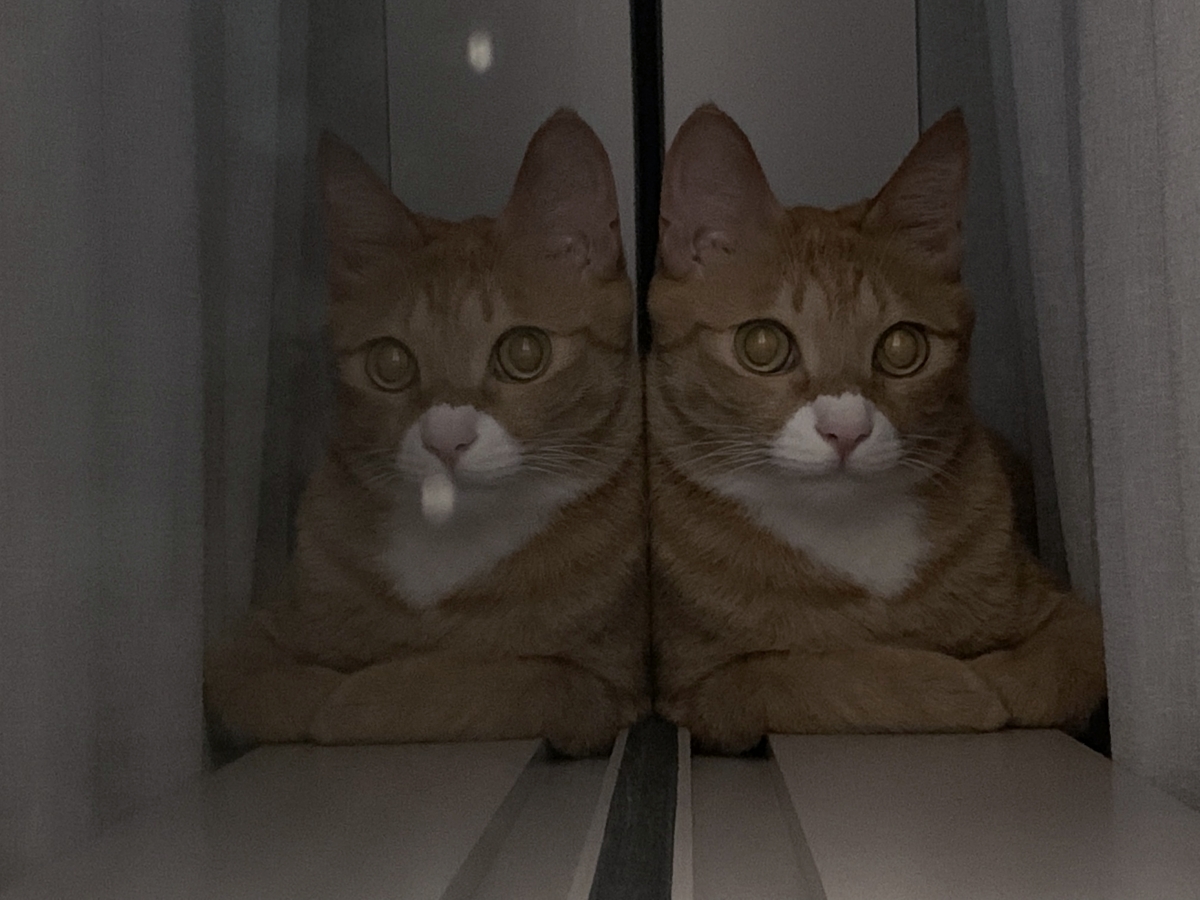
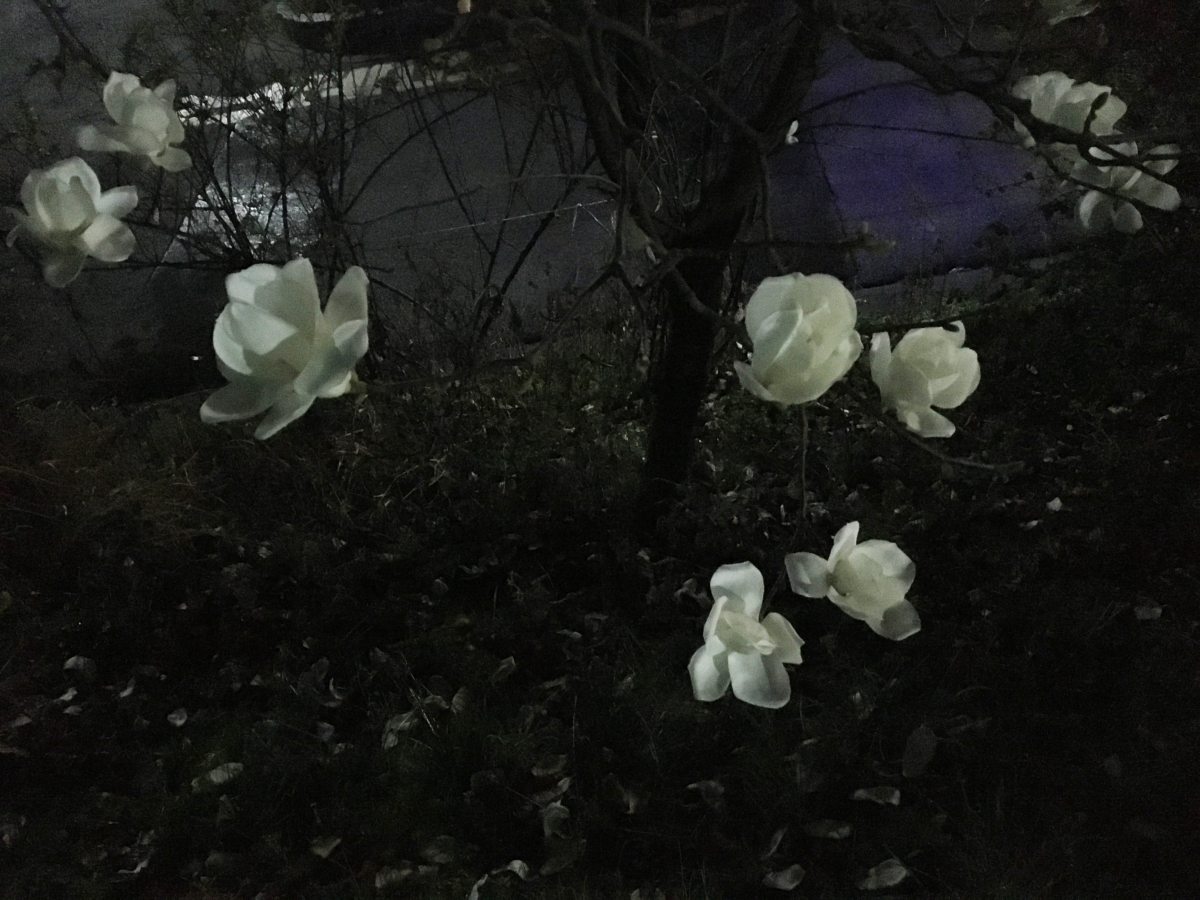
Difficulty of Separating Life and Work
Kim: Let’s go back to something lighter. Nowadays, the new term WLB (Work and Life Balance) is all the rage, and I was wondering whether you have managed to find a good WLB?
Lee: Staying healthy is more than enough (laugh). To be honest, I am a workaholic and so I do not have clear boundaries between life and work. I think this might be because I don’t have a human family; instead I have an animal family.
Kim: Please introduce us to your animal family!
Lee: My cat is called Lee O, because of the circle on his face. He came to stay with me at about three months old, so he must be about five years old now.
Kim: Doesn’t your cat try to sit on the keyboard when you’re working on the computer? (laugh)
Lee: This happened a lot more when he was younger, but he would sulk and go far away if I didn’t respond. He is quite jealous, and he will come close and start crying out loud when I teach online.
Kim: You seem to work from home a lot.
Lee: I usually work from home and typically at night. I like thinking about architecture at night when you can’t see anything else. I think its a habit I formed from not being able to completely stop thinking about architecture in everyday life. That doesn’t mean that I encourage co-workers to follow suit, I just personally enjoy working at night.
Kim: At times, I also enjoy burning incense sticks at night by which edit articles.
Lee: I like to sleep for short spurts and then work again. This could be anywhere from ten minutes to an hour.
How to Be Together
Kim: I believe YEOJIBHOP hasn’t hosted any official activities since participating in the STILL BOOKS talk programme in February 2019. Could you let us know of any future activities to be hosted by this group?
Lee: We had several opportunities to collaborate after hosting the event and publishing the book, which we postponed because we felt the need to devise something different. Time passed, and now we are all busy dealing with our own work. If another female architect group had emerged, this gap wouldn’t have been felt so great, even without YEOJIBHOP. In the next couple of days, I will be meeting with members of The Society of Feminist Architects (SOFA), a recently formed feminist architect group. It would have been great if they had surfaced earlier. I’m anticipating and supporting them.
Kim: I heard that the designer Ooh Yuni of the feminist publisher Baume à l'âme designed the logo for SOFA. To see such connections established with other professional female groups in the field of arts makes me hope that more events like Building Role Models will continue to happen in the architectural field.
Lee: That kinds of events needs lots of energy. Architects are always so busy that it is hard for them to actively participate in such events. If you widen your interest to these, these expand to actual practice even if you can’t participate. I also try to work with good female designers consciously. And in this respect, I’m very motivated by Feminist Designer Social Club (FDSC). I heard that the FDSC aims to maintain a sense of community by openly introducing individual female members and circulating information about prospective new projects.
Kim: FDSC’s YouTube videos of fellow members presenting each other’s work seemed so natural. Wouldn’t it be great if the field of architecture had a platform like this?
Lee: Architects often work with firms, rather than presenting their work as individuals. It’s not easy to show own works even if we get a credit. And itʼs hard to work independently when we’re in the firms. Perhaps this is why it is so hard for projects by architects to see the light in early days.
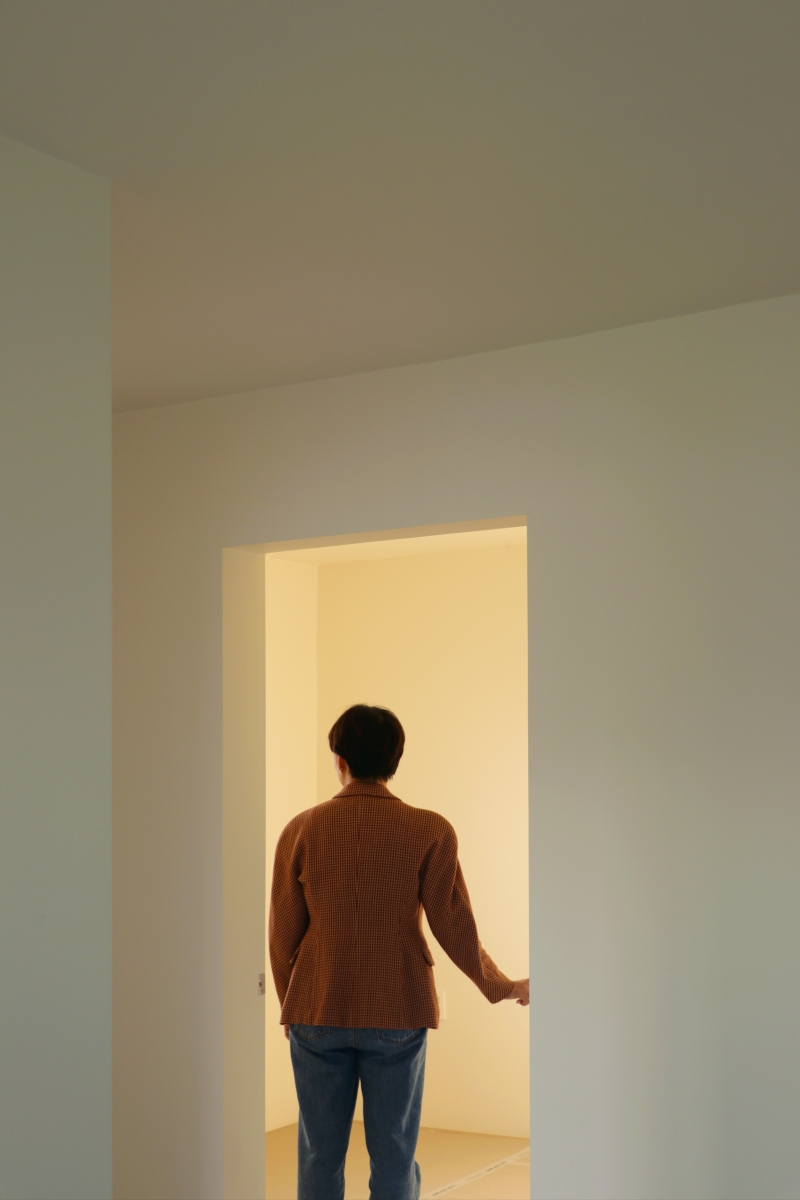
Can We Cross Over?
Kim: Are there any television programmes you’ve enjoyed in recent months?
Lee: A while ago I started to rewatch all the episodes of Phantom Singer. The programme features singers from diverse genres, from what we call traditional Korean traditional folk music, opera, Broadway to pop. I find the ways they move beyond their original genres to perform other types of music really intriguing. While watching, I sometimes identify with how these singers are able to cross over into other genres.
Kim: What moved you so much about this?
Lee: To be honest, 2020 was a year in which I felt slightly anxious. It was the third year since opening the firm, and I wanted to define my architectural style in clear terms. While dealing with containing this rash ambition, I calmed myself down watching the contestants on Phantom Singer. I found peace in the thought that it’s OK if many things co-existing within me, rather than becoming someone singularly defined.
Kim: Lots of younger architects can probably relate to this feeling. Are there any genres you would like to cross over into, like the stars of Phantom Singer?
Lee: This might sound too simple, but I want to do something big. I think I have long worried about genres because the scales of my projects were so small. Perhaps everything inside of me will find a way of co-existing and being reconciled, if there can be more variety in terms of the sizes and functions of the spaces.
Kim: By ‘big’ do you mean high profile and widely publicised?
Lee: The amount of publicity doesn’t matter, as long as there is work to do. Rather than lots of publicity, it would be nice to have a project that has lots of potential to do something. Just send the project over and let me deal with it. (laugh)
Lee Dami, our interviewee, wants to be shared some stories from Kim Sara (co-principal, Diagonal Thoughts) in February issue.






